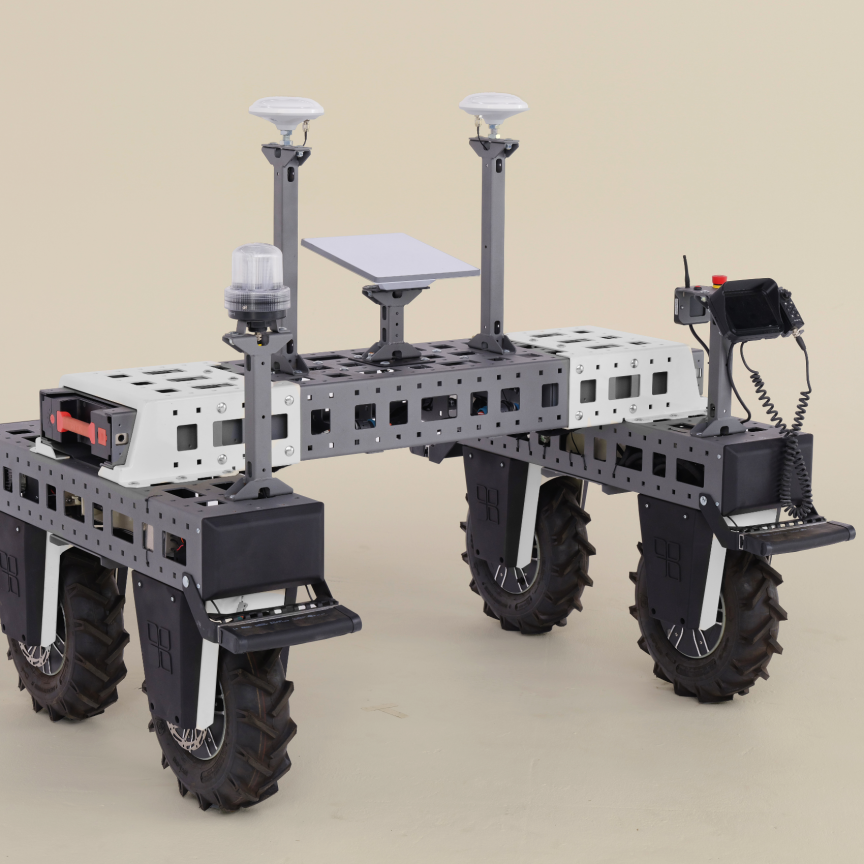Forage Mass Monitoring (FFM) analysis has been traditionally done using biomass sampling to calculate biomass yield per hectare. Raptor Photonics has recently published an Application Note showing how reflectance spectroscopy methods using drone based remote sensing systems are now being used to derive well-established vegetation indices (VIs) more efficiently than biomass sampling.
Researchers from the University of Applied Science Koblenz have developed an imaging system in the form of a multispectral multi-camera system using two of Raptor’s Owl 640M cameras enabling the coverage from 600 to 1700 nm. Promising results prove the principal suitability of such systems for airborne monitoring of small to medium-sized farmland in agricultural applications for precision agriculture, such as biomass for crops and grasslands.
https://www.raptorphotonics.com/wp-content/uploads/2016/01/Remote-Sensi…

